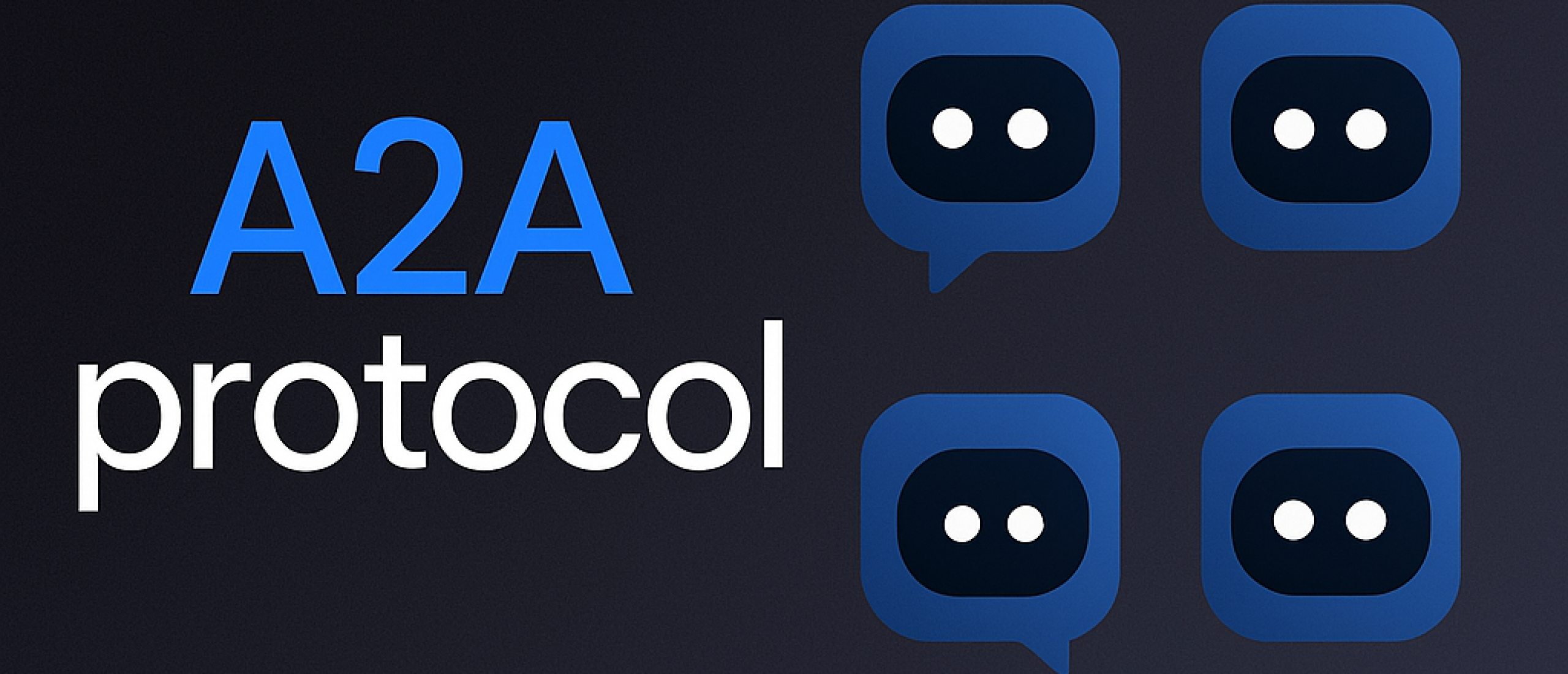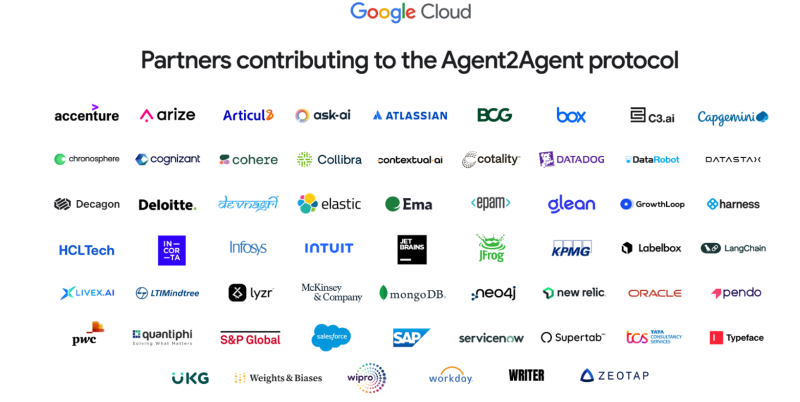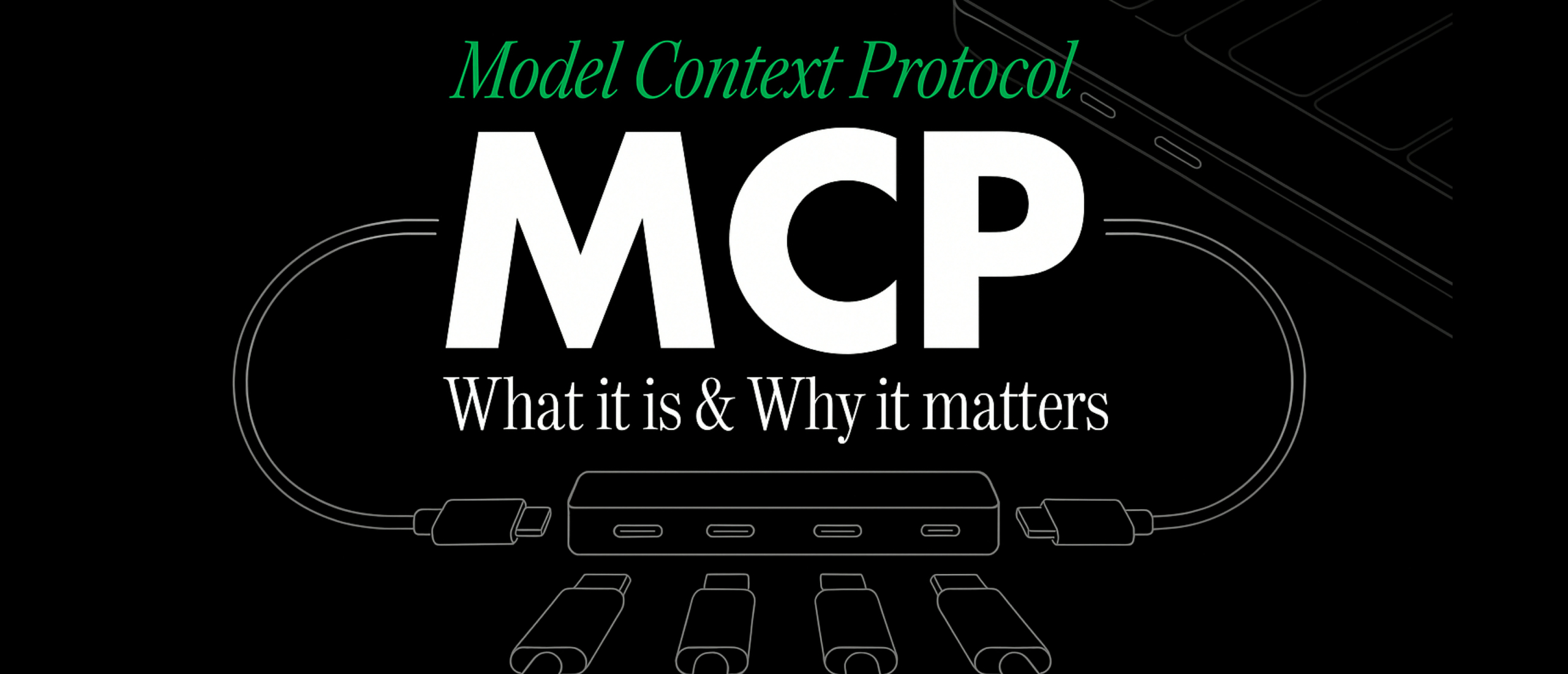
What Is Agent2Agent (A2A) and Why It Matters for the Future of AI Collaboration
On April 9, 2025, at Google Cloud Next 25, Google launched the Agent2Agent (A2A) protocol—a major step toward seamless collaboration between AI agents across vendors, platforms, and ecosystems. If you work with AI tools, automation, or enterprise systems, A2A is something you need to pay attention to.
What is agent2agent (a2a)?
A2A is an open protocol designed to let AI agents talk to each other, coordinate tasks, and collaborate on workflows—even if they are rebuilt on entirely different frameworks. It's like giving agents from different " I companies"a common language to work together without human intervention.
Google developed A2A with over 50 major partners, including Salesforce, SAP, PayPal, Box, Workday, and Deloitte. This isn't just another API—it's the foundation for a truly interoperable AI agent Google Cloud ecosystem.

How does a2a work?
The protocol is based on modern standards like HTTP, JSON-RPC, and Server-Sent Events (SSE), which makes it easy to integrate into existing systems. A2A supports multiple types of communication—text, audio, and video—and handles both short tasks and long-running processes.
Key components:
- Agent Card: A JSON file (found at /.well-known/agent.json) that lists an agent's capabilities and how to talk to them.
- Tasks: Units of work with a lifecycle (e.g., submitted → working → completed).
- Messages & Parts: Contextual exchanges between agents, which may include instructions, replies, or data.

Real-world use cases
Here, A2A is already being used in enterprise environments:
- recruitment automation
A hiring manager tells an agent to find candidates for a role. That agent talks to sourcing agents, evaluates resumes, and schedules interviews. All in the background. - customer support & dispute resolution
SAP demonstrated a billing issue handled by agents: one in Gmail called another connected to BigQuery, pulled data, analyzed it, and proposed a resolution—no human intervention was needed. - cross-department workflows
Think: HR agents coordinating with IT to onboard employees or marketing agents syncing with ops for product launches. A2A eliminates silos.
Why this is a big deal
A2A solves one of the most significant problems in enterprise AI: agents that don't talk to each other. HHere'swhat, it enables:
- Vendor-agnostic collaboration
Agents from Salesforce can now speak to agents from SAP or Workday. - Reduced vendor lock-in
You're no longer stuck in a single ecosystem to automate workflows. - Standardized agent management
IT teams get a unified way to manage agents across clouds and departments. - Open-source and secure
The protocol is public, extensible, and built with enterprise-grade security in mind.
How it compares: a2a vs aanthropic'sMCP
Google and AAnthropic'sModel Context Protocol (MCP) are often mentioned together, but they serve different roles:

They're complementary, not competing.
industry support
The A2A protocol has wide backing. Partners include:
- Tech vendors: Atlassian, Salesforce, SAP, MongoDB, LangChain, PayPal
- Consulting giants: Accenture, Deloitte, PwC, Capgemini, McKinsey
This level of buy-in shows the industry is betting big on agent interoperability.
What's next for a2a?
Google plans several updates before full production release later in 2025:
- Better agent discovery
- Improved task lifecycle controls
- Enhanced streaming and notification options
- Simplified documentation for devs
What you should do next
If you are rebuilding with AI agents or planning to—ddon'tignore A2A. This protocol could:
- Save you from vendor lock-in
- Let your agents collaborate across tools
- Simplify automation in complex environments
Explore the A2A spec and consider how your agents could collaborate in a shared protocol.
Want practical use cases tailored to recruitment?
Let me know—I can help you apply A2A in your domain.

